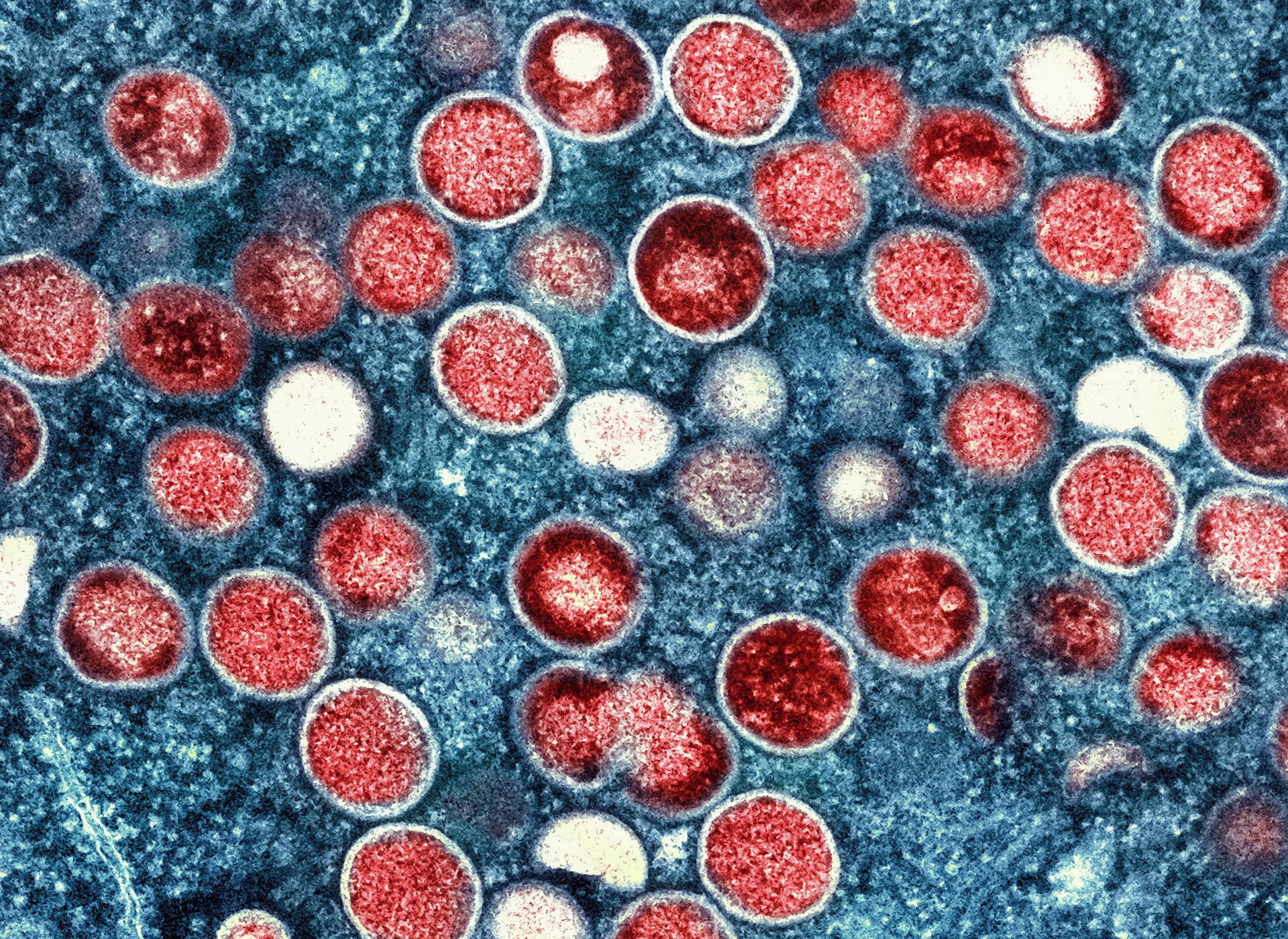Dlaczego COVID wpływa na ludzi inaczej? Naukowcy odkrywają nowe spostrzeżenia


Naukowcy z NYU Abu Dhabi odkryli mikroRNA związane z osłabioną odpowiedzią immunologiczną i ciężkimi objawami COVID-19 w zróżnicowanej genetycznie grupie nieszczepionych pacjentów z niedostatecznie reprezentowanych regionów. To badanie, pokazujące rolę genetyki w funkcjonowaniu układu odpornościowego i ciężkości choroby, oferuje nowe spostrzeżenia dotyczące rokowania pacjentów, leczenia i potencjalnego wykorzystania mikroRNA jako biomarkerów ciężkości choroby.
Nowe badanie ujawnia regulatory aktywności genetycznej, które są powiązane z odpowiedzią immunologiczną przeciwko[{” attribute=””>COVID-19. Alterations in their expression during the initial stages of infection are associated with blood traits underlying COVID-19 severity.
A group of scientists from NYU Abu Dhabi, under the leadership of Associate Professor of Biology, Youssef Idaghdour, collaborated with medical experts from several hospitals in Abu Dhabi to examine the link between microRNAs – small RNA molecules that regulate gene activity – and the severity of COVID-19 in 259 unvaccinated patients living in Abu Dhabi. They pinpointed certain microRNAs that correspond with a diminished immune response and a higher likelihood of ICU admission.

NYUAD Associate Professor of Biology Dr. Youssef Idaghdour. Credit: Courtesy of NYU Abu Dhabi
During this process, they created the first genomic picture of the architecture of blood microRNAs in unvaccinated COVID-19 patients from the Middle East, North Africa, and South Asia regions whose populations are consistently underrepresented in genomics research.
The researchers identified changes in microRNAs at the early stages of infection that are associated with specific blood traits and immune cell death, allowing the virus to evade the immune system and proliferate.
The results of the system’s genetics study demonstrate that a patient’s genetic makeup affects immune function and disease severity, offering new insights into how patient prognosis and treatment can be improved. Given the diversity of the sample, there is promise that these findings can be applied to approximately thirty percent of the world’s population who reside in the MENA region and South Asia.
The findings were recently published in the journal Human Genomics. the research team presents the results of the analysis of multiple omics datasets—genotypes, miRNA, and mRNA expression of patients at the time of hospital admission, combined with phenotypes from electronic health records. The researchers analyzed 62 clinical variables and expression levels of 632 miRNAs measured at hospital admission, as well as identified 97 miRNAs associated with eight blood phenotypes significantly associated with ICU admission.
“These findings improve our understanding of why some patients withstand COVID-19 better than others,” said Idaghdour. “This study demonstrates that microRNAs are promising biomarkers for disease severity, more broadly, and targets for therapeutic interventions. The methods of this study can be applied to other populations to further our understanding of how gene regulation can serve as a core mechanism that impacts COVID-19 and, potentially, severity of other infections.”
Reference: “Systems genetics identifies miRNA-mediated regulation of host response in COVID-19” by T. Gjorgjieva, A. Chaloemtoem, T. Shahin, O. Bayaraa, M. M. Dieng, M. Alshaikh, M. Abdalbaqi, J. Del Monte, G. Begum, C. Leonor, V. Manikandan, N. Drou, M. Arshad, M. Arnoux, N. Kumar, A. Jabari, A. Abdulle, G. ElGhazali, R. Ali, S. Y. Shaheen, J. Abdalla, F. Piano, K. C. Gunsalus, H. Daggag, H. Al Nahdi, H. Abuzeid and Y. Idaghdour, 12 June 2023, Human Genomics.
DOI: 10.1186/s40246-023-00494-4






